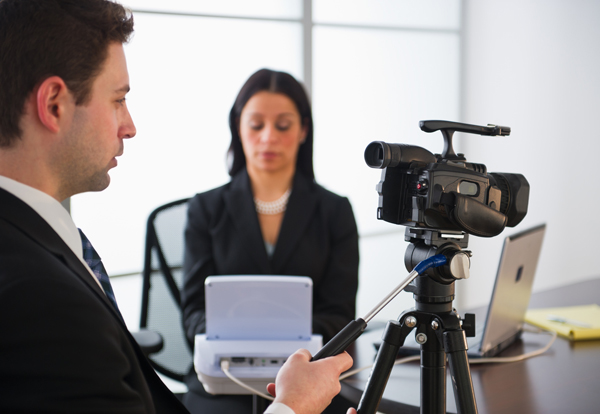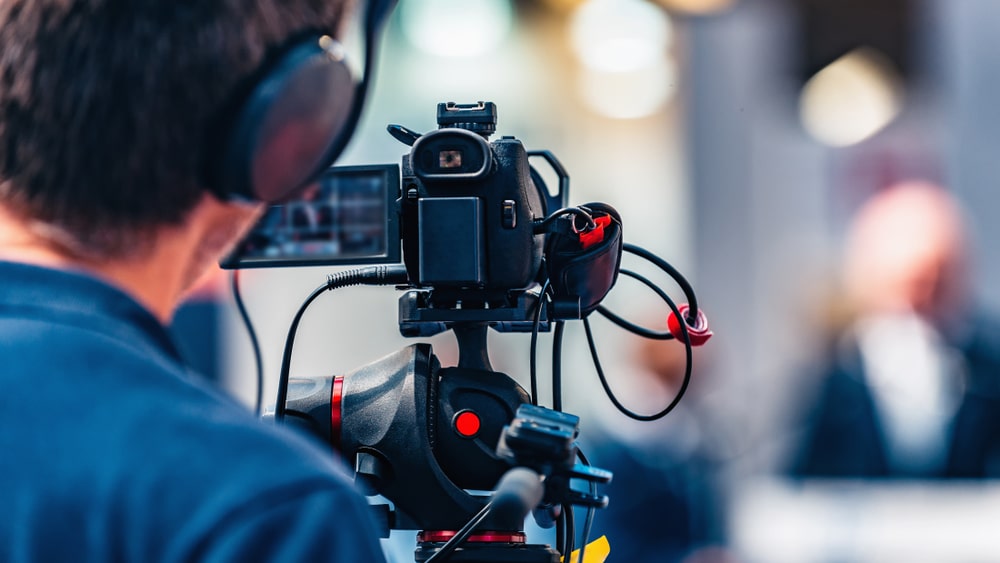How Legal Videography Supports the Legal System with Accurate Documentation
How Legal Videography Supports the Legal System with Accurate Documentation
Blog Article
Why Lawful Videography Is Critical for Accurate Court Recordings
The duty of legal videography in courtroom setups can not be overemphasized, as it works as an essential tool for protecting the honesty of court documents. By recording both verbal and non-verbal communication, it boosts the clearness of witness testaments and reflects the subtleties of court communications. This thorough paperwork not just aids in reducing prospective misunderstandings yet likewise sustains appellate evaluations, thereby enhancing the judicial process. The effects of incorporating legal videography into standard courtroom methods raise important concerns concerning its wider influence on the legal system. What might these ramifications require?
Significance of Visual Proof
In the world of lawful proceedings, the importance of aesthetic proof can not be overemphasized. Visual proof offers as a powerful tool in developing realities, substantiating statements, and boosting the total quality of a case. This kind of proof, which consists of pictures, video clips, and layouts, can provide a tangible context that verbal descriptions commonly do not have, therefore supplying courts and courts a more clear understanding of the conditions bordering an instance.
Moreover, visual evidence aids in the retention of information. Human cognition is inherently visual, and people are more probable to bear in mind and comprehend information presented in an aesthetic format. In the court room, this can be crucial, as compelling aesthetic proof can persuade opinions and strengthen the narrative presented by lawful reps.
In addition, using visual evidence can minimize misconceptions and ambiguities that frequently occur from spoken exchanges. By offering a direct representation of occasions, aesthetic evidence assists to eliminate subjective analyses and promotes a more unbiased exam of the truths. The assimilation of visual proof into lawful procedures not only enhances the integrity of the judicial procedure however also improves the likelihood of attaining a just end result.
Catching Non-Verbal Cues
Making use of sophisticated videography strategies can significantly improve the capture of non-verbal cues throughout legal procedures. Non-verbal communication, including face expressions, body language, and eye get in touch with, plays a vital function in sharing emotions and purposes that may not be explicitly specified in verbal statement. legal videography. Lawful videography employs high-definition electronic cameras and tactical angles to make sure that these refined cues are taped with quality and precision
The capability to examine non-verbal behavior can offer useful context to declarations made during court sessions. As an example, a witness's hesitation or self-confidence can be analyzed through their stance or gestures, potentially affecting the court's perception of credibility. Additionally, the usage of close-up shots can aid concentrate on an audio speaker's expressions, enabling a more nuanced understanding of the statement.
Additionally, integrating multiple video camera angles can produce an extensive view of interactions, highlighting dynamics between parties involved. This complex approach not only boosts the precision of the court document however also aids in maintaining the stability of the judicial process - legal videography. Ultimately, capturing non-verbal signs via legal videography fosters a richer, more complete depiction of court procedures

Enhancing Testimony Integrity
The dependability of testimony can be substantially reinforced via making use of top quality lawful videography. Video recordings offer as an objective medium that captures not just the spoken words of witnesses however additionally the nuances of their shipment, including tone, pacing, and psychological expressiveness. This diverse paperwork supplies a clearer understanding of the witness's reputation and purposes, which can be next pivotal in legal process.
In addition, lawful videography lessens the capacity for misinterpretations that may emerge from written transcripts alone. When jurors can observe a witness's temperament and body language along with their testament, they are much better equipped to examine the credibility and reliability of the evidence provided. This aesthetic context can reinforce the testimonial narrative, making it a lot more engaging and reputable.
Furthermore, the visibility of a video clip recording can deter potential disparities in statement. Witnesses may be a lot more mindful in their declarations when they recognize they are being recorded, resulting in more precise and sincere accounts. On the whole, high-quality legal videography boosts the honesty of testament, making certain that the court has access to a complete and truthful representation of the facts as conveyed by the witnesses.
Sustaining Appeals and Reviews
Lawful videography plays an important function in supporting charms and evaluations by offering an extensive visual record of courtroom process. This aesthetic paperwork catches not just the spoken words of witnesses and lawyers yet also the nuances of body language, intonation, and court click site room characteristics. Such aspects can be critical in comprehending the context of statements and arguments presented.
In the appellate procedure, where the emphasis is on mistakes of legislation and procedural fairness, a video clip record can act as an essential tool for appellate courts. It enables courts to examine the original trial context, making certain that choices are based on a full understanding of the procedures. The capability to visually evaluate the disposition of witnesses or the communications in between celebrations can expose insights that written records might neglect.

Furthermore, lawful videography can help in making clear uncertainties in testimonies or procedural judgments, thus strengthening useful reference the basis for a charm. By supplying a reputable, objective account of what transpired in court, lawful videography not just supports the integrity of the legal procedure yet additionally empowers all events included to make informed choices concerning their cases.
Enhancing Court Room Processes
Enhancing courtroom efficiency, legal videography simplifies procedures by providing immediate access to visual records of process. This modern technology permits judges, lawyers, and courts to take another look at crucial statement and evidence, making sure that all events have a clear understanding of the instance. By recording the subtleties of spoken and non-verbal interaction, videography enhances the record, making it much easier to comprehend the context and weight of testaments.

Furthermore, video recordings can promote remote involvement in hearings, permitting better versatility in organizing and involvement, which is especially valuable in complex instances including numerous stakeholders.
Final Thought
In verdict, legal videography plays an essential role in ensuring precise court recordings by offering crucial visual evidence that captures both spoken and non-verbal interaction. This method enhances the dependability of testimonies, sustains appellate evaluations, and improves court room processes. By cultivating an extensive understanding of court room characteristics, legal videography inevitably adds to much more fair judicial end results, reinforcing the honesty of the lawful system and promoting informed decision-making.
Report this page